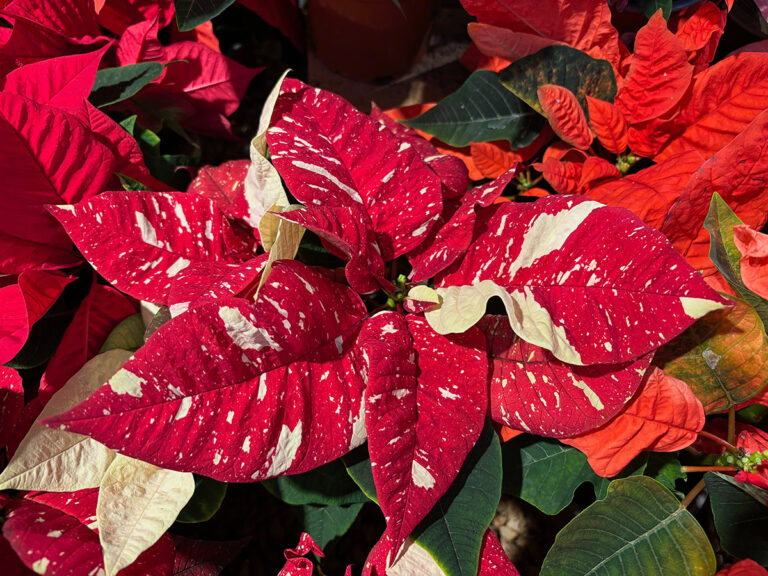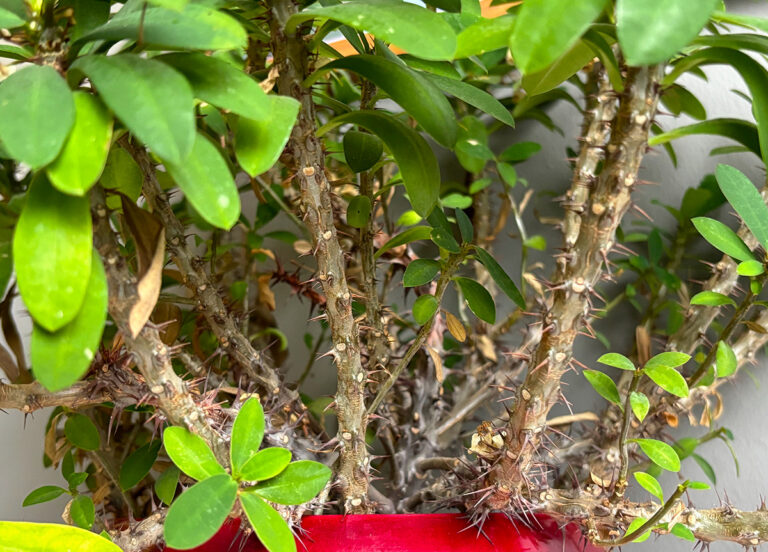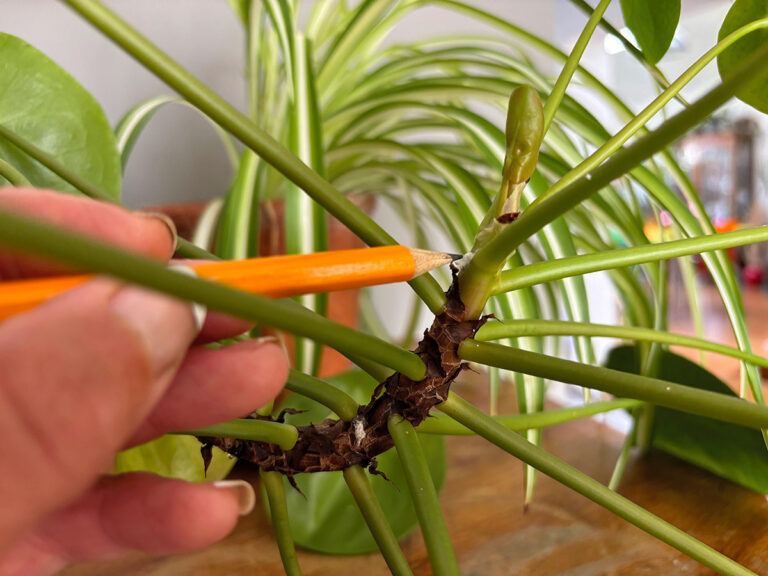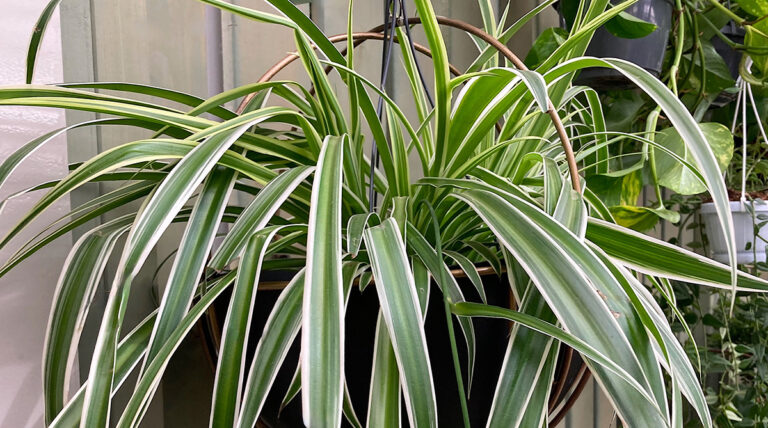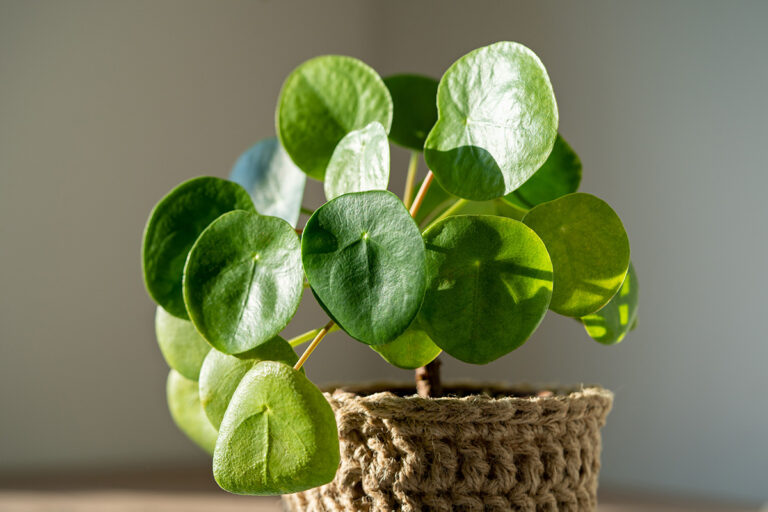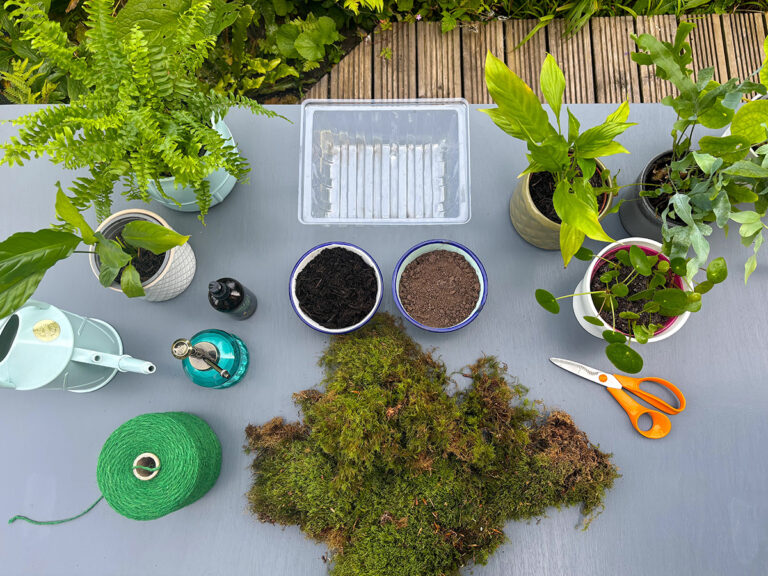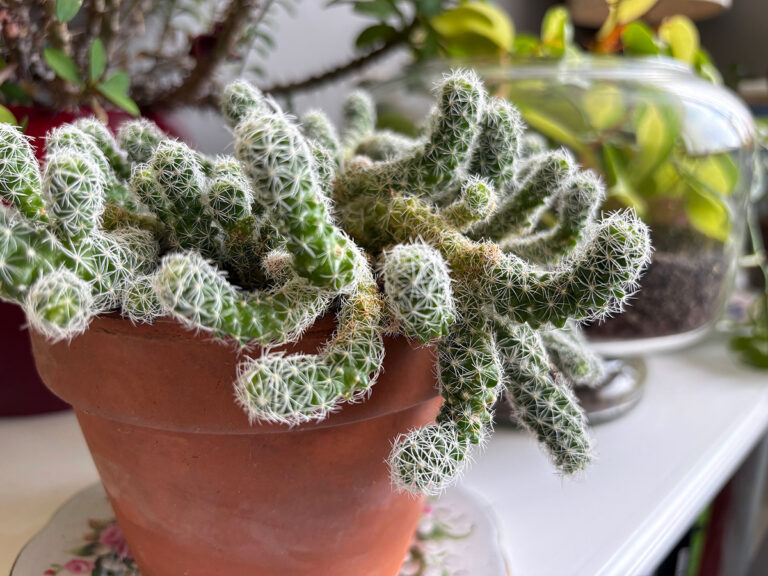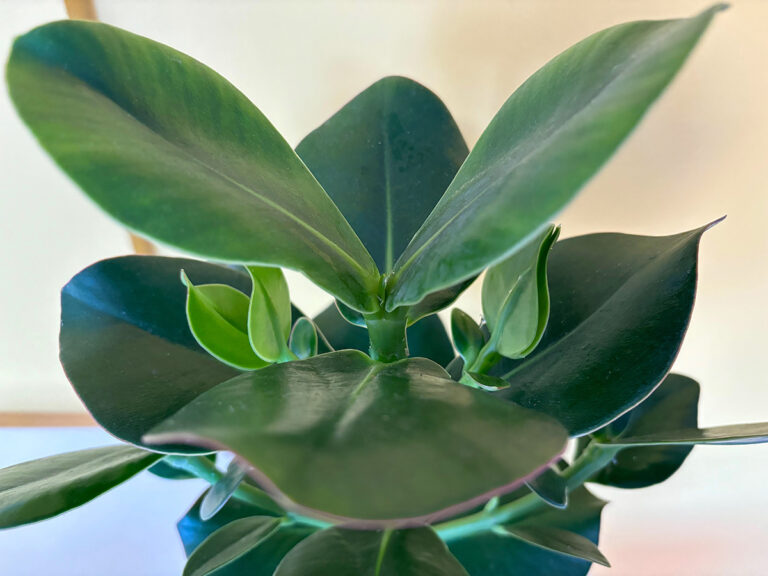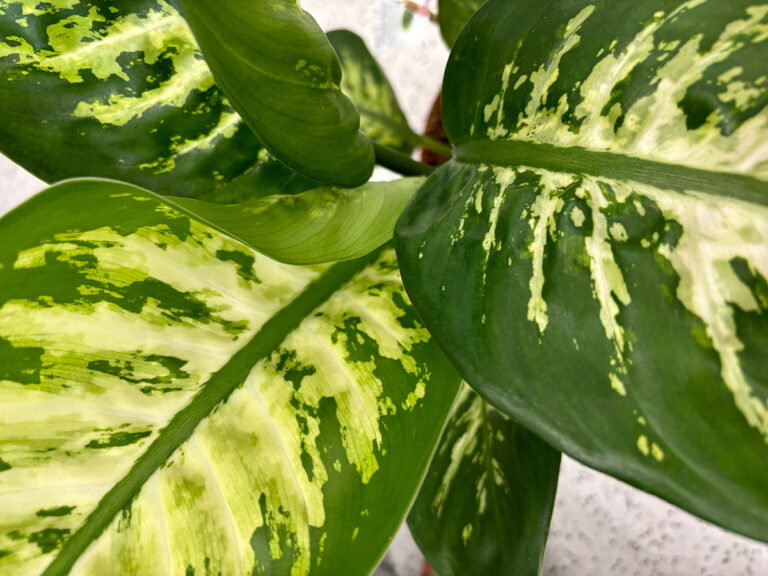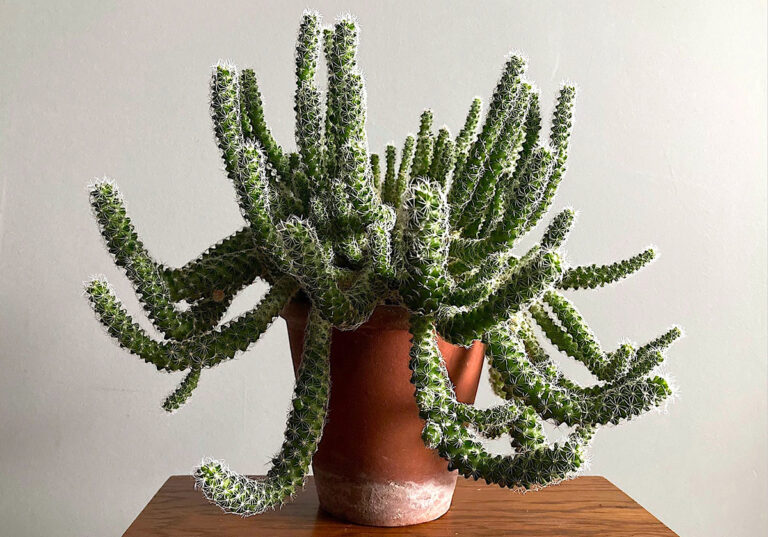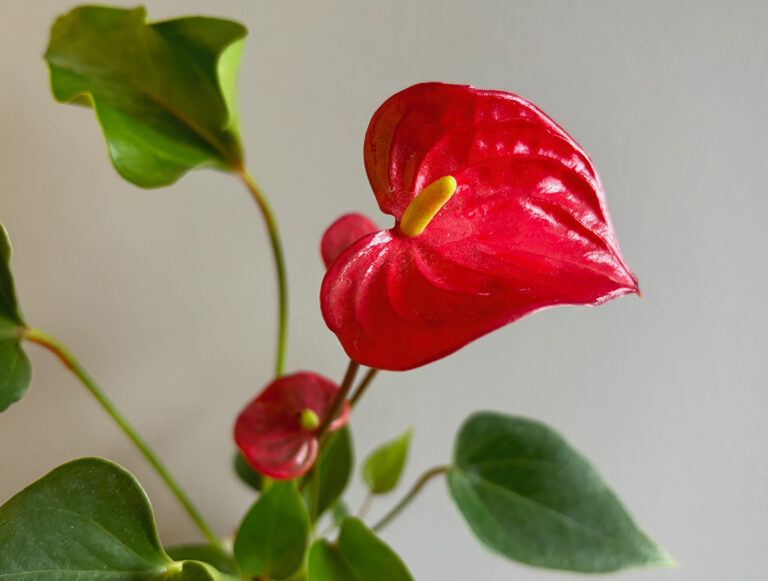Unlike us humans who can eat meals packed with vitamins to keep healthy, surprise surprise, houseplants cannot move around to feed themselves, they rely totally on what we feed them. If planted in the ground, plants can extract minerals from the soil which are replenished through various means like rainfall but when pot bound indoors it is our responsibility to give houseplants a balanced diet!
Feed
If houseplants are denied nutrients over a long period they will start to show signs of stress and this can take many forms, from weak stunted growth, brown yellowing leaves to a lack of flowers. Happy houseplants are full of vigour, have healthy foliage and in flowering season burst into bud.
It is also important to not over feed plants though. Over feeding can send plants into overdrive and can actually have a detrimental affect.
Plantsmith’s liquid Fortifying Houseplant Tonic provides a perfect balance of 13 essential nutrients, each serving an important role, from the core N.P.K.’s to integral trace elements.
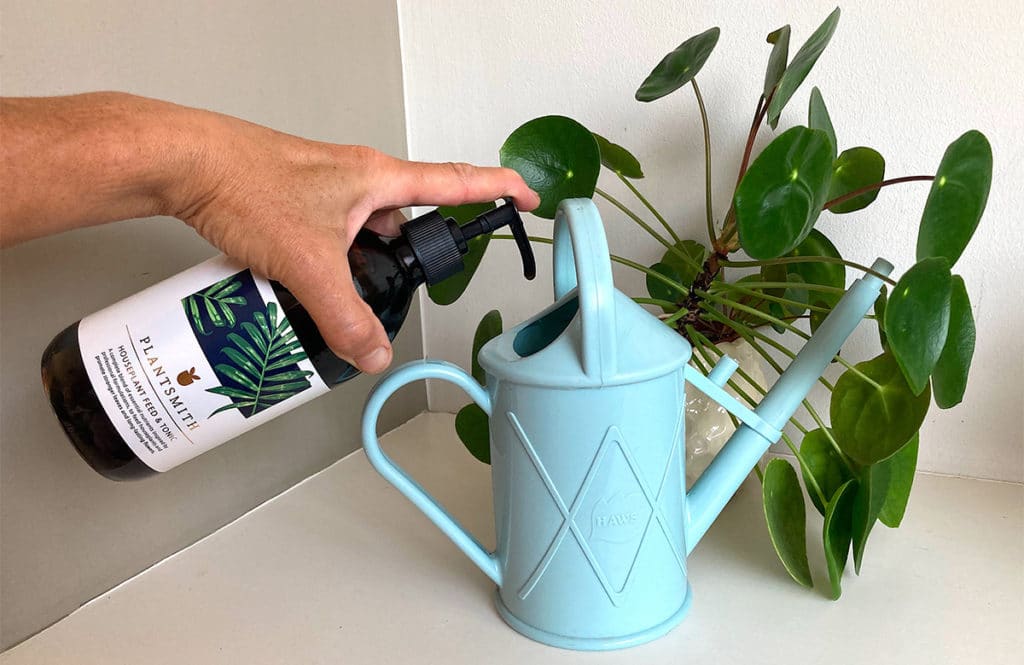
What are NPKs?
You may have heard of N.P.K.s but what actually are they and why do our plants need them? They are essential for carrying out all the chemical processes associated with photosynthesis where a plant converts sunlight to sugars for energy, to grow.
N.P.K.s are the building blocks of plants from the cells up and the abbreviations stand for nitrogen (N), phosphorus (P) and potassium (K). So what do they do?
N = Nitrogen is one of the most important elements of plant food as it promotes leafy growth; it is an essential component of chlorophyll which is fundamental to photosynthesis. Chlorophyll gives plant leaves their green colour; without nitrogen leaves would turn yellow. This yellowing is known as chlorosis but can be reversed by the application of a good dose of nitrogen.
P = Phosphorus is integral to root development.
K = Potassium is an all round super food which contributes to the plant’s vigour, ability to fight off diseases and helps move nutrients and water around cells. Most revered for its increase in fruit and flower production.
That’s a lot to remember so in short just think N.P.K. = shoots, roots, fruits.
Liquid plant food acts immediately whereas pellets need to be broken down so are slow release. Aim to feed your plants every other week between March to September and up feeding to weekly when flowering, they are working hard. Reduce feeding to once a month during autumn and stop feeding altogether throughout winter; allow plants a rest.
Trace Elements
As well as N.P.K.s, Plantsmith’s Fortifying Houseplant Tonic provides some incredibly important minerals and trace elements. Plants also need a soup of elements to thrive; these nutrients are often only needed in small amounts but they are still critical to the plant’s overall health. Iron, magnesium, manganese, zinc, boron, copper, selenium and iodine which is provided via kelp, all have an important role to play in plant growth.
Water
Watering is fundamental; all chemical processes in plants happen in solution so without water plants cannot take up nutrients and will eventually wither and die. Water is essential to life so make sure you water to maintain plant health but equally do not drown them, many houseplants detest soggy roots. Find the right balance to suit your plant’s needs.

Give plants a soak and then let them free drain or fill a saucer of water and allow your plant to absorb it from the base up its roots; discard once the surface becomes moist or if the saucer was still swimming in water the following day.
It can seem a minefield to work out when to water a plant but the easiest method to follow is pop your finger in the top of your plant pot and feel down about an inch, if the soil is moist then no watering required but if it is dry as a bone, give it a water!
Dust and clean
Over time dust collects on houseplant leaves and this can block light making it harder for plant’s to photosynthesise. Keep them dust-free by wiping leaves with a damp cloth. Simply hold individual leaves and gently wipe off dust from stem to tip.
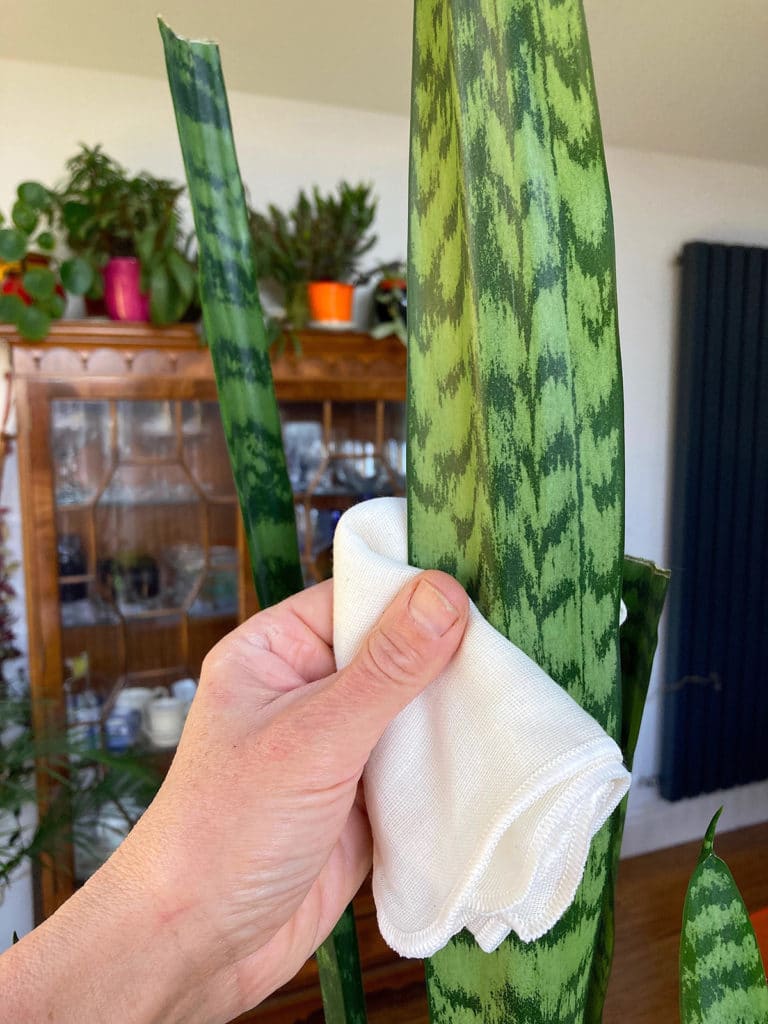
A quick way to clean leaves is to place houseplants in a shower, bath or sink and gently spray with tepid water; not only does this remove dust from leaves but it gives your plants a moisture hit and can remove lurking pests. It’s a great place to water your plants; just go steady and do not flush out soil from your container. Allow pots to drain before returning them to their usual location.
Once leaves are clean you can mist with water or with nutrient packed Plantsmith’s Perfecting Houseplant Care Mist which comes as a handy ready-to-use spray blended with 17 natural ingredients including botanical extracts of lavender and avocado oils which help deter pests, and kelp and fulvic acid which encourages nutrient uptake. These all work together to promote growth and keep your houseplants thriving.


